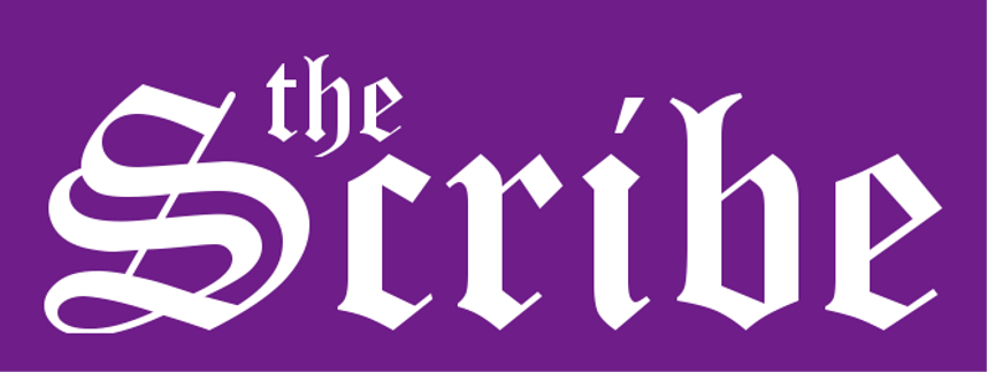The tsunami hit on Dec. 26, during semester break and the Christmas and New Year’s holidays. Sri Lankan native Lakshini Wijesinghe, a student who stayed at UB to study for her MBA after earning her bachelor’s, made her usual call home that Sunday night. She hadn’t been listening to the news and knew nothing about the tsunami.
For her parents, it was Monday morning in Colombo, the nation’s capital, on the western side of the island. Her father, Laksman, didn’t mention the tsunami. He said he thought a tornado had hit the island the day before.
Later, Lakshini learned from her boyfriend in Canada about the tsunami. When she called her parents again, the grim reality of the disaster began to take shape. They had been holding back, not wanting to frighten Lakshini. Slowly, over the next many days, she learned the truth.
It turned out that her parents, whose home is some distance from the sea, had run further inland to be safe during the disaster.
“They told me of my mom’s brother-in-law. He was in a bus traveling from one city to another on the east side of the island,” she said. “A great wave came in and lifted the bus into the sea. A second wave drove them back onto land. He escaped with his life. But a lot of people and children on the bus died.
“We have a huge family. A number of them were affected. But my parents didn’t tell me much. I had to draw it out from them.” She learned the wife of her father’s cousin and the woman’s 5-year-old grandson were among the missing and feared dead. Some people saw them swept under the water.
Lakshini’s cousin, 26, survived the waves, clinging to the outside of a moving bus as the water swept away the earth under her feet. The water pulled her son away, but a man also fleeing the waters rescued him.
The husband of her grandfather’s cousin died when four feet of water plowed into his home.
An uncle lost his seaside restaurant. Another saw his printing press destroyed.
There are a handful of other Sri Lankan students at UB but none have reported similar losses.
Natural disasters bring sweeping changes even to areas not directly struck by them. UB’s leading geologist, Professor John Nicholas, affectionately known as “Doc Rock,” says the recent tsunami is going to change his course, and it will certainly change all the textbooks.
“You teach about these things,” he said. “They’re in the book. Every geologist talks about Krakatoa, where a tsunami hit in 1883. It killed 36,000. That was in the same area, in Indonesia between Java and . But something the size of this, to observe it. It’s beyond description.”
Professor Nicholas said the textbooks cover tsunamis in their chapter on earthquakes. He took out a book that he uses and found the tsunami reference. “It’s six lines.” There was also a little box, he said, that cited Krakatoa and said tsunamis are a particular threat to 22 countries, particularly in the South Pacific.
“You’re going to see all the textbooks change. To have something of this magnitude – to see how the ocean just rose from its bed, the force of the tide as it rushed so deep inland – everyone will want to know more.”
Lakshini said she never knew what a tsunami was until she took Nicholas’ class as a freshman in 1999. “On the Monday I learned of the Dec. 26 tsunami, I visited with Doc Rock to talk about it with him. Honestly, I would have been more confused as to what actually happened if not for that course I took.”
Sri Lanka, which was known as Ceylon until its independence from England in 1948, is off the southeastern tip of India. The epicenter of the earthquake that set off the tsunami was far to the east, just off Sumatra on the upper end of the Indonesian archipelago.
As of Feb. 2, the death toll was 290,000. More than 237,000 of those were in Indonesia. Sri Lanka had 30,957 known dead and another 5,600 missing and presumed dead.
Days after the tsunami hit, Dean of Students Joe Oravecz set up a fund-raising effort on campus, with the money being channeled to the American Red Cross for its relief efforts in the ravaged nations. Lakshini said the Sri Lanka Association of New England was also directing aid, and information could be had on its Web site, www.slaneusa.org.
